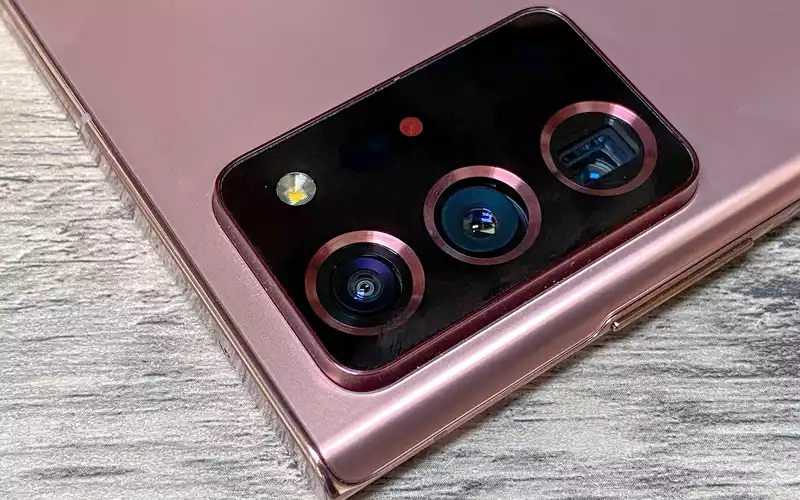Samsung may have revealed a camera technology that will significantly upgrade the Galaxy Note 21's photography.
The technology, dubbed ISOCELL 2.0, was just revealed in a blog post by Samsung Semiconductor. This improvement seems ideal for giving future Samsung Galaxy phones an even larger camera that can capture more detail and color even in dark environments.
The motivation behind ISOCELL, Samsung explains, is the problem of "color crosstalk." With high-resolution sensors, light tends to bleed between multiple pixels, compromising the detail of the shot.
The first generation of Isocell sensors used a metal grid to separate the color filters above the pixels to mitigate the effects of this problem. However, this grid absorbed light and slightly degraded image quality.
In the second generation system, Samsung is using an unnamed new material that absorbs less light to separate the pixels. Some of the grids are also made of a more reflective material, improving the camera's sensitivity and ability to capture fine detail.
The end result should be brighter, richer photos, even when shooting in low-light environments. In addition, by reducing the pixel size, the resolution of the sensor can be further increased without losing brightness.
Samsung already manufactures 108MP cameras, and we have long heard rumors that they are also producing 150MP and 200MP sensors. This technology sounds like a big step toward these new higher resolutions.
Samsung's Galaxy S21 series is already available, and the next obvious place for Samsung to debut a new camera sensor would be the Galaxy Note 21 this fall. Or it could be in one of the new foldable phones, the Samsung Galaxy Z Fold 3 or the Samsung Galaxy Z Flip 3.
However, this is only part of the potential story. Samsung Semiconductor also supplies camera components to cell phone manufacturers other than Samsung Mobile. For example, you may have seen a 108MP camera in a flagship Android phone manufactured by a brand under the Xiaomi umbrella.
Therefore, it is likely that other smartphone makers will also take advantage of this new sensor.
Photo processing software remains critical to creating the best possible smartphone images. Therefore, the use of this new ISOCELL sensor will not be an immediate improvement for the smartphone makers that use it.
Assuming the sensor is as effective as Samsung suggests, this could mean that a premium device like the Galaxy Note 21 could easily become one of the best camera phones we have tested this year by using ISOCELL 2.0 technology This could mean that the ISOCELL 2.0 technology could easily be one of the best camera phones we tested this year. However, we will have to wait until late 2021 to see if this prediction comes true.










Comments